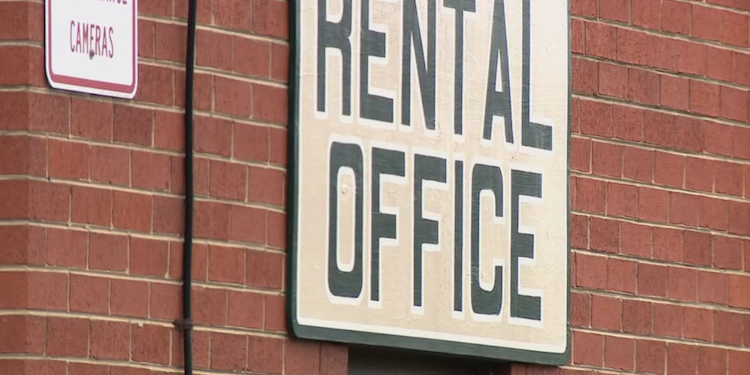The hole in the ceiling gaped above the shower, leaking dirty water into Jerrell Shuford’s bathroom. It took almost a year before maintenance workers at the apartment building in Prince George’s County cut away the moldy parts, but they never patched the hole, Shuford said.
Get a curated selection of 10 of our best stories in your inbox every weekend.
“That’s ridiculous,” said Jorge Benitez-Perez, an organizer with CASA, a community advocacy organization in Maryland, who had only minutes before knocked on Shuford’s door. “And no rent discount? Can I ask how much you pay?”
“$2,500,” Shuford said.
Shuford’s family of six have lived in their three-bedroom, two-bathroom apartment at Heather Hill, a multibuilding complex of 459 units in Temple Hills, for nearly three years. Partially thanks to a temporary cap on increases passed by the County Council in 2023, rent has remained stable for Shuford, 31, since he moved in.
But that protection will expire in October, leaving many working-class renters like Shuford possibly facing steep hikes in the coming year, even as they struggle with poor maintenance and unresponsive landlords. Organizers like Benito-Perez have been knocking on doors across the county, hoping residents like Shuford will sign a petition in support of formalizing the cap.
Housing affordability is a pressing issue for legislators in Prince George’s, a majority-Black suburb bordering D.C. Black and Latino renters stand to be disproportionately affected by rent hikes here, where despite pockets of affluence, 10 percent of residents live below the poverty line, according to the U.S. Census Bureau. Homelessness in Prince George’s is also on the rise, increasing by 47 percent last year — the highest in the Washington region.
Click here to read the rest of the article written by Kyle Swenson over at The Washington Post





